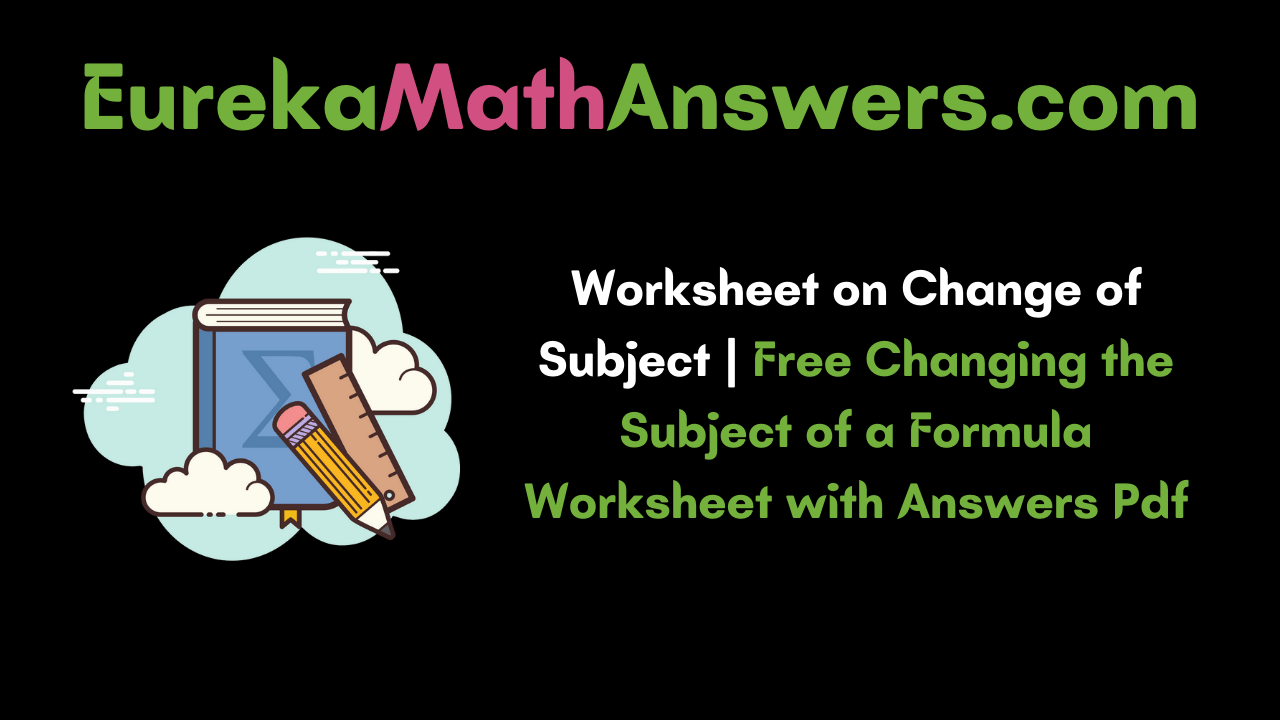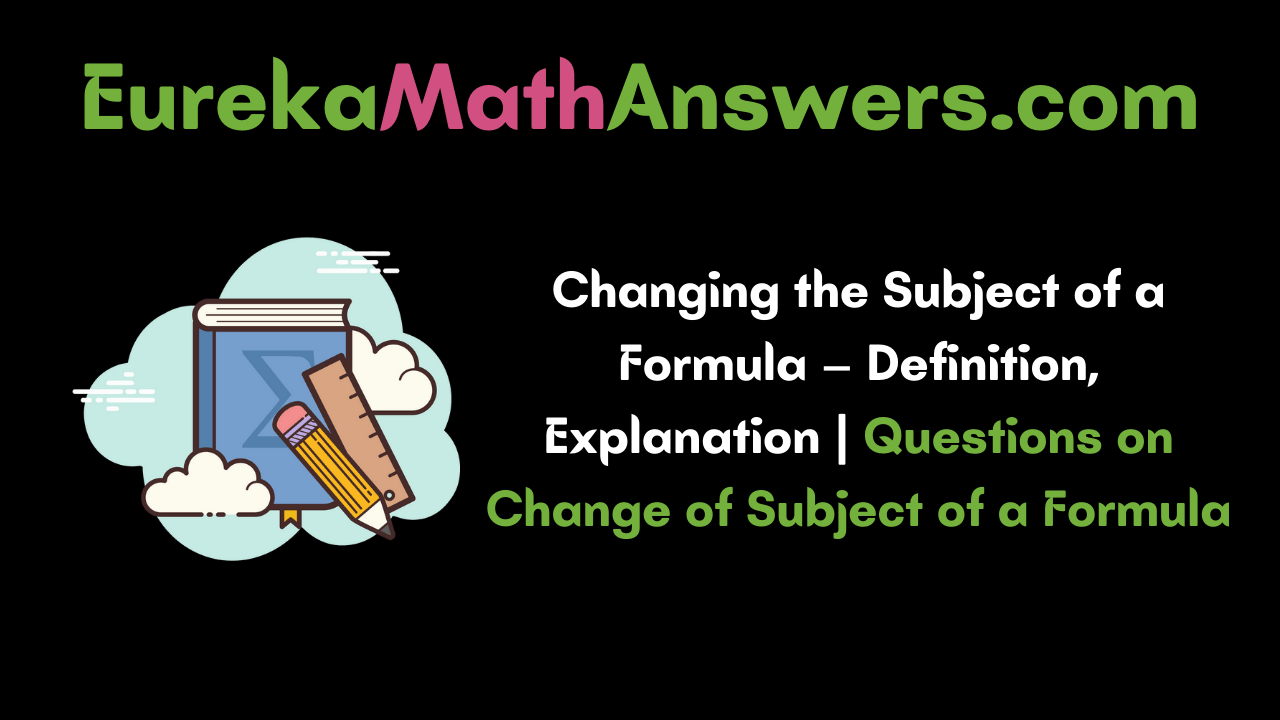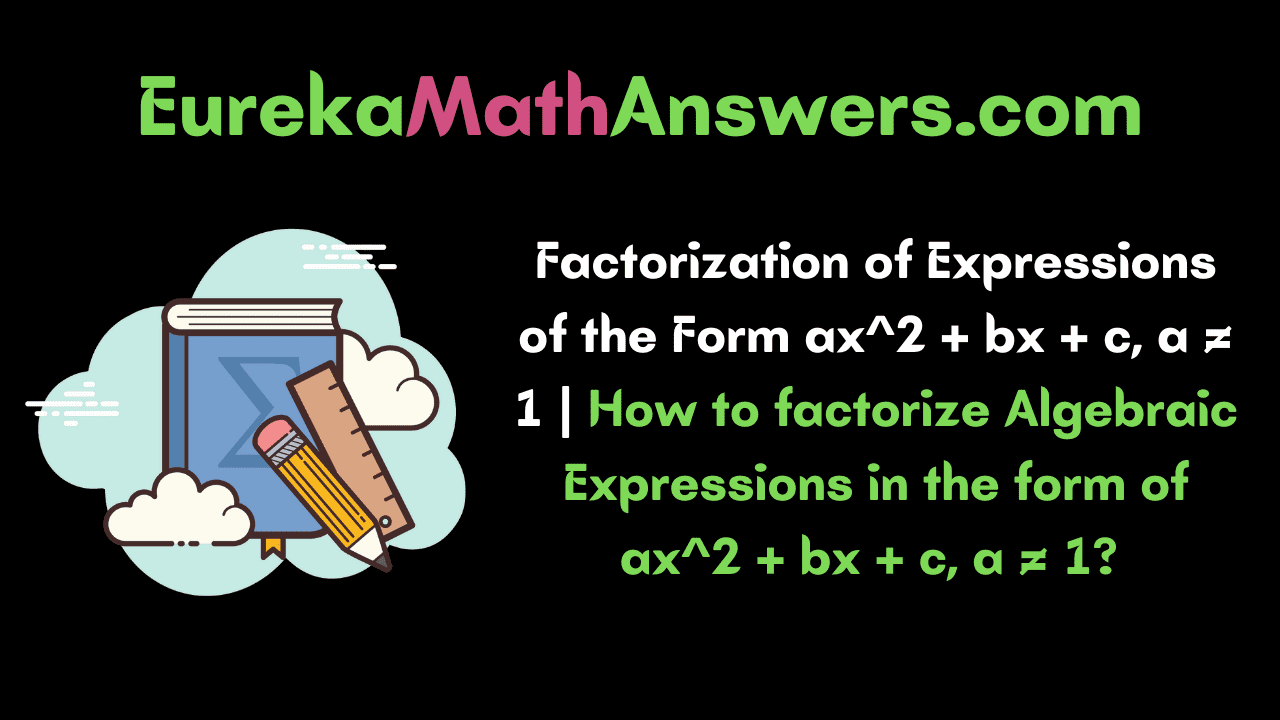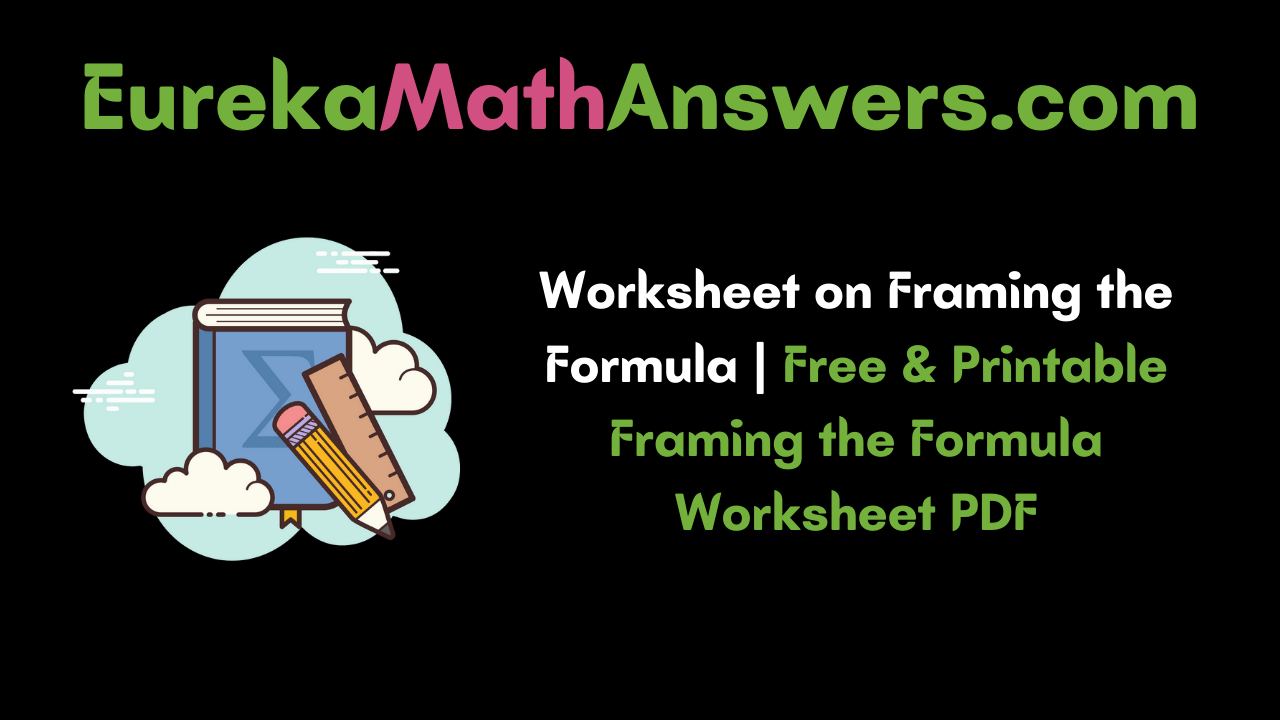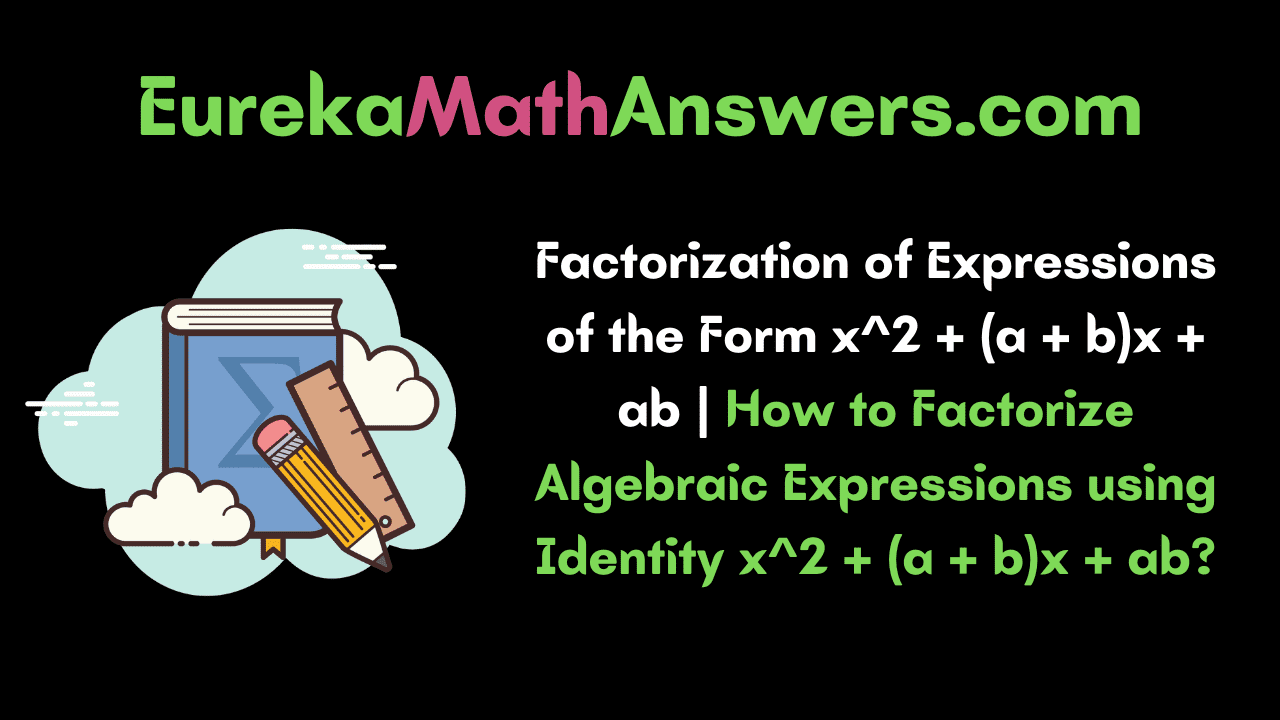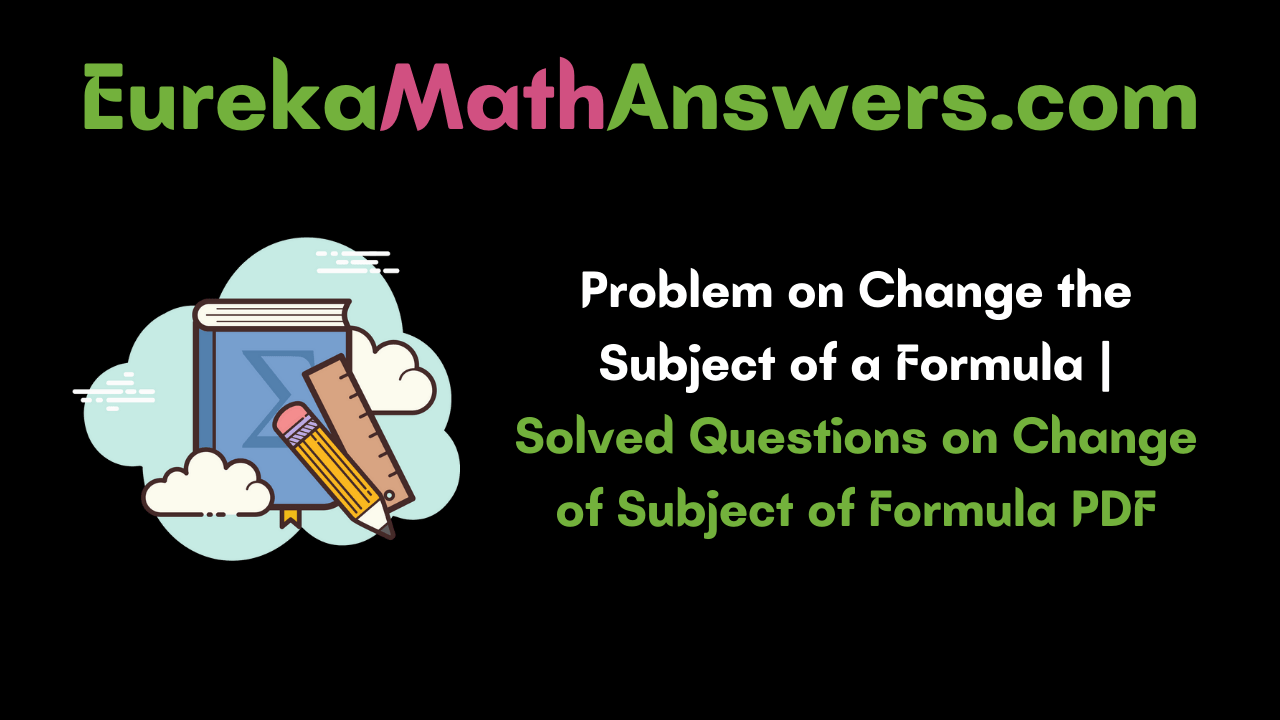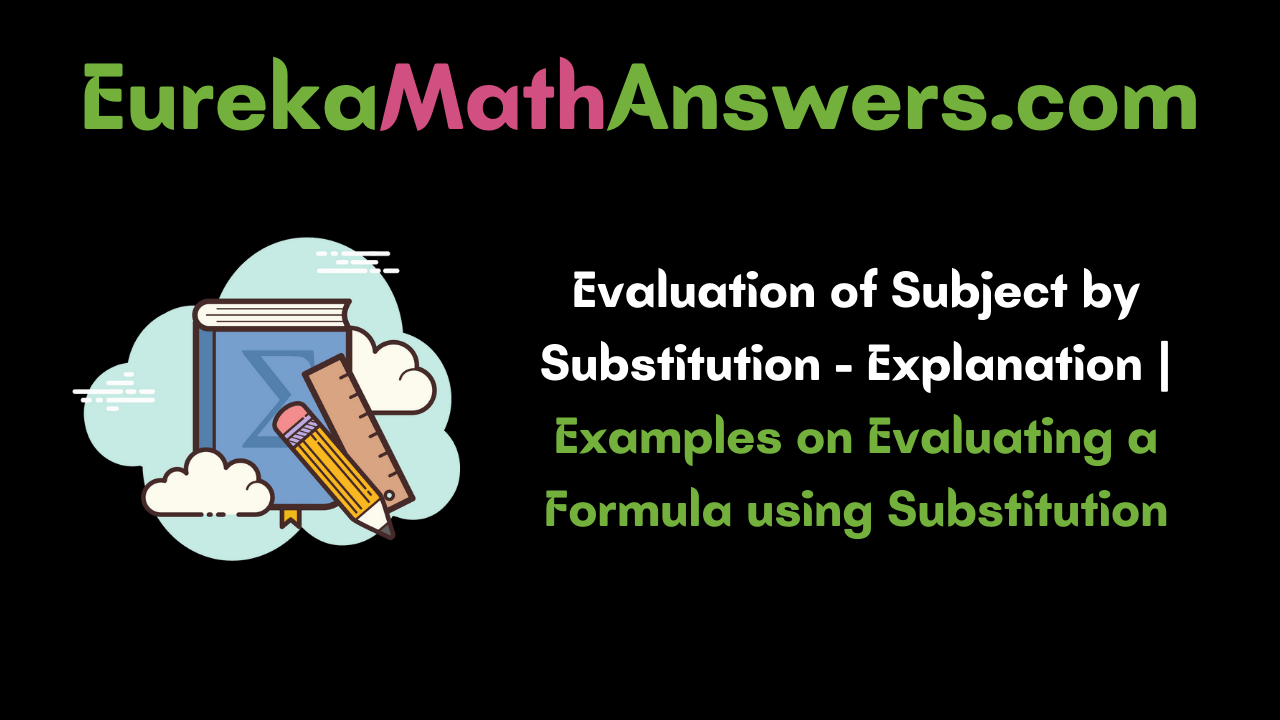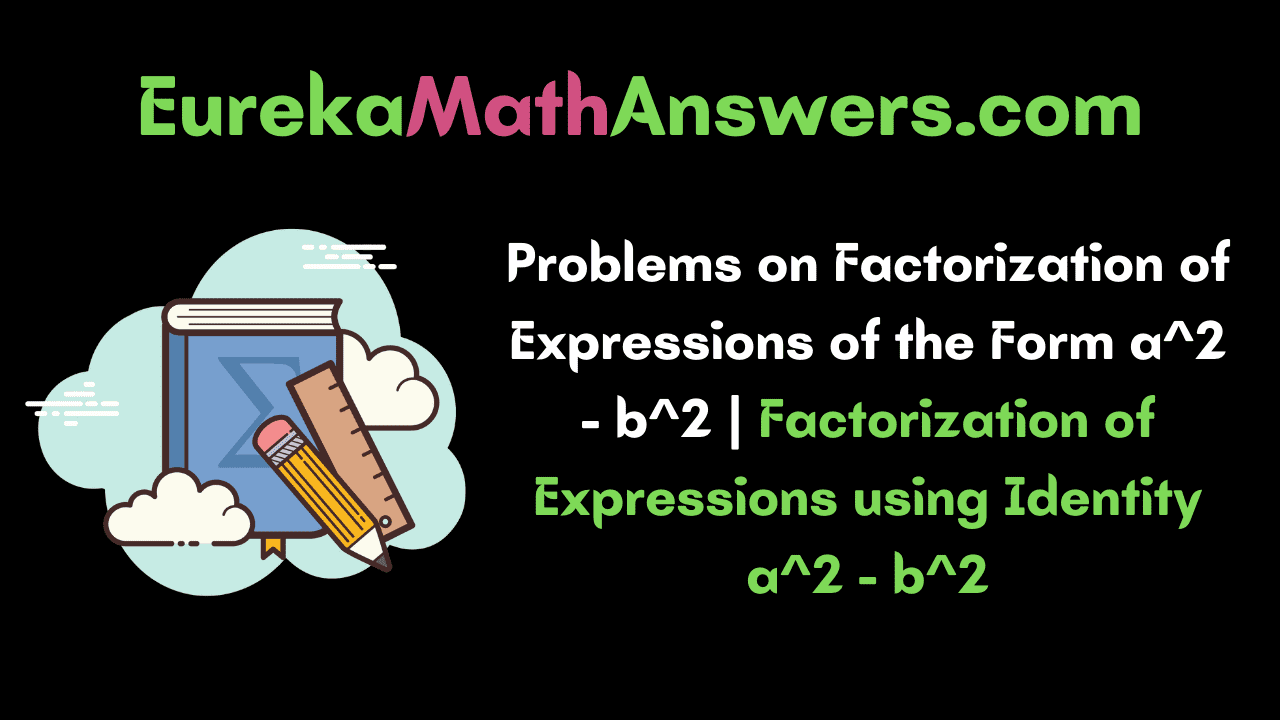If you are finding an easy and simple procedure to change the subject of a formula or equation then this is the correct page. Here, we have given a detailed explanation about how to change the subject of an equation in a printable worksheet. This free downloadable activity sheet on the Change of Subject of an Expression helps kids to practice in a fun learning way.
So, make use of this provided Changing the Subject of a Formula Worksheet with Answers pdf & try to solve basic to complex problems about the subject of the formula.
Also Check:
Free & Printable Worksheet on Changing the Subject of the Formula Pdf
I. Change the subject as bolded in the following formulas:
(i) V = u + ft, make u as subject
(ii) L = 2 (a + b), make b as subject
(iii) X = my + c, make c as subject
Solution:
(i) Given that V = u + ft
Subtract ft on both sides
V – ft = u + ft – ft
V – ft = u
Hence, the subject of the formula u = V – ft.
(ii) Given that L = 2 (a + b)
Divide 2 on both sides
\(\frac { L }{ 2 } \) = \(\frac { 2(a+b) }{ 2 } \)
a + b = \(\frac { L }{ 2 } \)
Subtract a on both sides
a + b – a = \(\frac { L }{ 2 } \) – a
b = \(\frac { L }{ 2 } \) – a
Hence, the subject of the formula b = \(\frac { L }{ 2 } \) – a.
(iii) Given that X = my + c
Subtract my on both sides
x – my = my + c – my
x – my = c
Hence, the subject of the formula c = x – my.
II. What is the subject in each of the following formulas or equations? Make the subject as shown in the question.
(i) If 3ay + 2b² = 3by + 2a², write the formula for ‘y’ in terms of a, b in the simplest form.
(ii) In the expression S= 2(lb + bh + lh) what is the subject. Write the formula with ‘h’ as the subject.
Solution:
(i) Given expression is 3ay + 2b² = 3by + 2a²
After rearranging the given expression, we get the formula for y in terms of a, b;
y = \(\frac { 2 }{ 3 } \)(a + b)
(ii) Given that S= 2(lb + bh + lh)
Here, S is the subject but now we have to change the subject of a formula with h;
h = s−\(\frac { 2lb }{ 2(b+l) } \)
III. Make h the subject of the formula r = h(a-b). Find h with the help of known values r = 100, a=5, and b=3.
Solution:
Given r = h(a-b)
Divide (a-b) on both sides
\(\frac { r }{ a-b } \) = \(\frac { h(a-b) }{ a-b } \)
h = \(\frac { r }{ a-b } \)
Now, substitute the given values r = 100, a=5 and b=3 in the rearranged formula;
h = \(\frac { 100 }{ 5-3 } \)
h = \(\frac { 100 }{ 2 } \)
h = 50.
IV. Change x as the subject of the formula \(\frac { x }{ a } \) + \(\frac { y }{ b } \) = 1. Find x, when a=3, b=6, and y=9.
Solution:
Given that \(\frac { x }{ a } \) + \(\frac { y }{ b } \) = 1
x/a = 1 – \(\frac { y }{ b } \)
x = a(1- \(\frac { y }{ b } \))
x = a – \(\frac { a }{ b } \) x y, Here is the x formula.
Now, find the x value by substituting a=6, b=3, and y=9 in the formula;
x = 6 – \(\frac { 6 }{ 3 } \) x 9 = 6 – 2 x 9 = 6 – 18 = -12
V. In the formula x = y(1+zt), x is the subject of the formula. But find z as the subject when x=150, y=100, and t=2.
Solution:
Given formula is x = y(1+zt)
x = y + yzt
subtract y on both sides
x – y = yzt
z = x – \(\frac { y }{ yt } \), hence z is the subject of a formula.
Now, substitute the given values in the rearrange formula;
z = 150 – \(\frac {100}{ 100 } \) x 2 = \(\frac { 50 }{ 200 } \)
= \(\frac { 1 }{ 4 } \)
z = \(\frac { 1 }{ 4 } \).
VI. The formula PV = C where p is pressure and v is the volume of a gas and c is constant. If p = 2 when v = \(\frac { 5 }{ 2 } \), find the value of p when v = 4.
Solution:
Given that when p=2, v=\(\frac { 5 }{ 2 } \)
PV = C
2 x \(\frac { 5 }{ 2 } \) = C
C= 5
If v = 4, then
PV = C
P(4) = 5
P = \(\frac { 5 }{ 4 } \)
